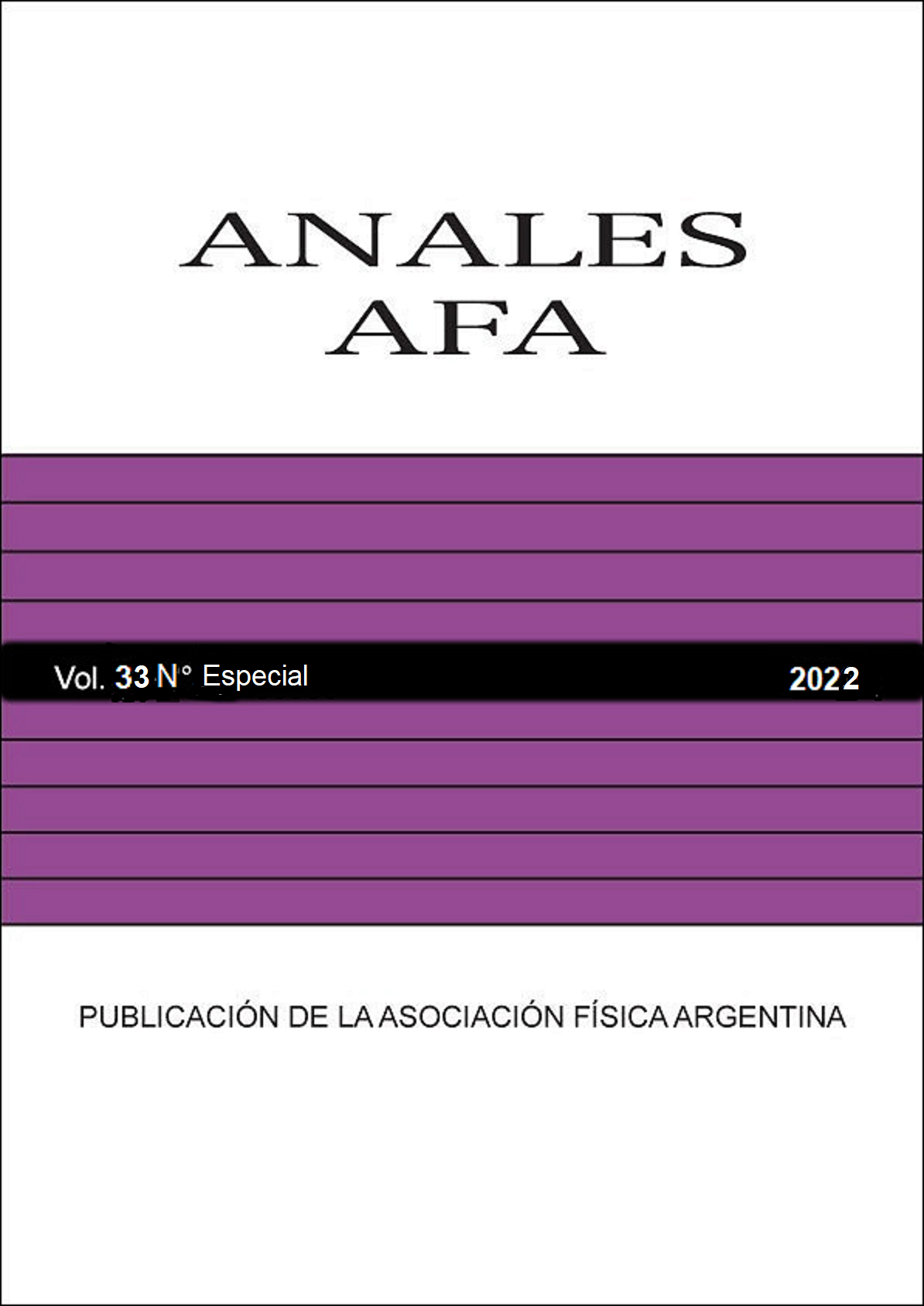FLOW CALCULATION IN A STANDING TIDAL WAVE ESTUARY
Abstract
The hydrodynamic behaviour of the micro tidal and 13.9-km-long Quequén Grande River estuary (Buenos Aires, Argentina), in which the tide behaves as a standing wave, is studied analytically and numerically. Results provided by the SisBaHiA program are validated with the measurements performed with two acoustic Doppler current profilers in stations located at 1.4, 2.9, 7.5 and 11.3 km from the estuary mouth. The numerical model reproduces the differences between the measured water column height and the equilibrium height in each station. In particular, the numerical values of the flow and tidal height are analysed during a spring tide cycle by considering nine times corresponding to the maximum, minimum and close to the equilibrium levels. The time variations in the free surface height and flow along the estuary are explained successfully by an analytical model based on the Saint Venant one-dimensional equations as a function of the river discharge and the tidal height in the estuary mouth and the bed and friction slopes.




